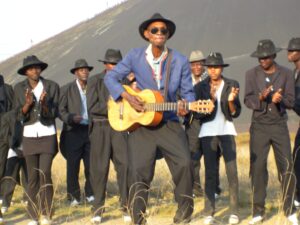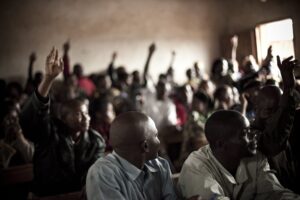Hebrew weddings go far beyond the typical, even though most wedding ceremonies and celebrations involve some sort of ceremony or celebration. The bridal meeting, which has an incredible amount of history and tradition, is the most significant event in the lives of many Immigrants. I’ve personally witnessed firsthand how little thought and planning goes into making sure the time runs smoothly and that each child’s unique style sparkles through on their special day as someone who photographs many Jewish ceremonies.

The ceremony itself takes place under the chuppah ( literally a canopy of marriage, derived from the book of Joel 2: 16 ), which symbolizes a bride coming out of her father’s house to enter her husband’s home as a married woman. The chuppah, which is customarily adorned with a tallit ( the fringed prayer shawl worn during services ), is an exquisite representation of the couple’s brand-new relationship.
The bridegroom may been escorted to see the wedding prior to the start of the primary ceremony. She does put on a veil to cover her face; this custom is based on the Joseph and Miriam tale in the Bible. It was thought that Jacob could n’t wed her until he saw her face and was certain that she was the one for him.
The groom did consent to the ketubah’s conditions in front of two testimonies after seeing the wedding. The couple’s duties to his wedding, including providing food and clothing, are outlined in the ketubah. Both Hebrew and English are used to write modern-day ketubot, which are usually egalitarian. Some couples also opt to possess them calligraphed by a professional or have personalized decorations added to make them more special.
The couple likely recite their commitments in front of the huppah. The groom may then present the bride with her wedding ring, which should be absolutely plain and free of any decorations or stones in the hopes that their union will been straightforward and lovely.
Either the priest or the designated family members and friends recite the seven riches known as Sheva B’rachot. These gifts are about love and joy, but they also serve to remind the handful that their union likely include both joy and sorrow.
The partners does crack a glass https://asiansbrides.com/jpeoplemeet-review/ following the Sheva B’rachot, which is customarily done by the bridegroom. He does remain asked to trample on a glasses that is covered in cloth, which symbolizes the Jerusalem Temple being destroyed. Some people opt to be imaginative and use a different kind of thing, or even smash the crystal together with their hands.
The few did love a festive bridal feast with tunes, dancing, and celebration following the chuppah and torres brachot. Men and women are separated at the start of the bridal for socializing, but once the older visitors leave, a more animated event typically follows, which involves mixing the genders for dancing and food. The Krenzl, in which the bride’s mother is crowned with a wreath of flowers as her daughters dance around her ( traditionally at weddings of her last remaining children ), and the Mizinke, an event for the newlyweds ‘ parents, are two of the funniest and most memorable customs I’ve witnessed.



